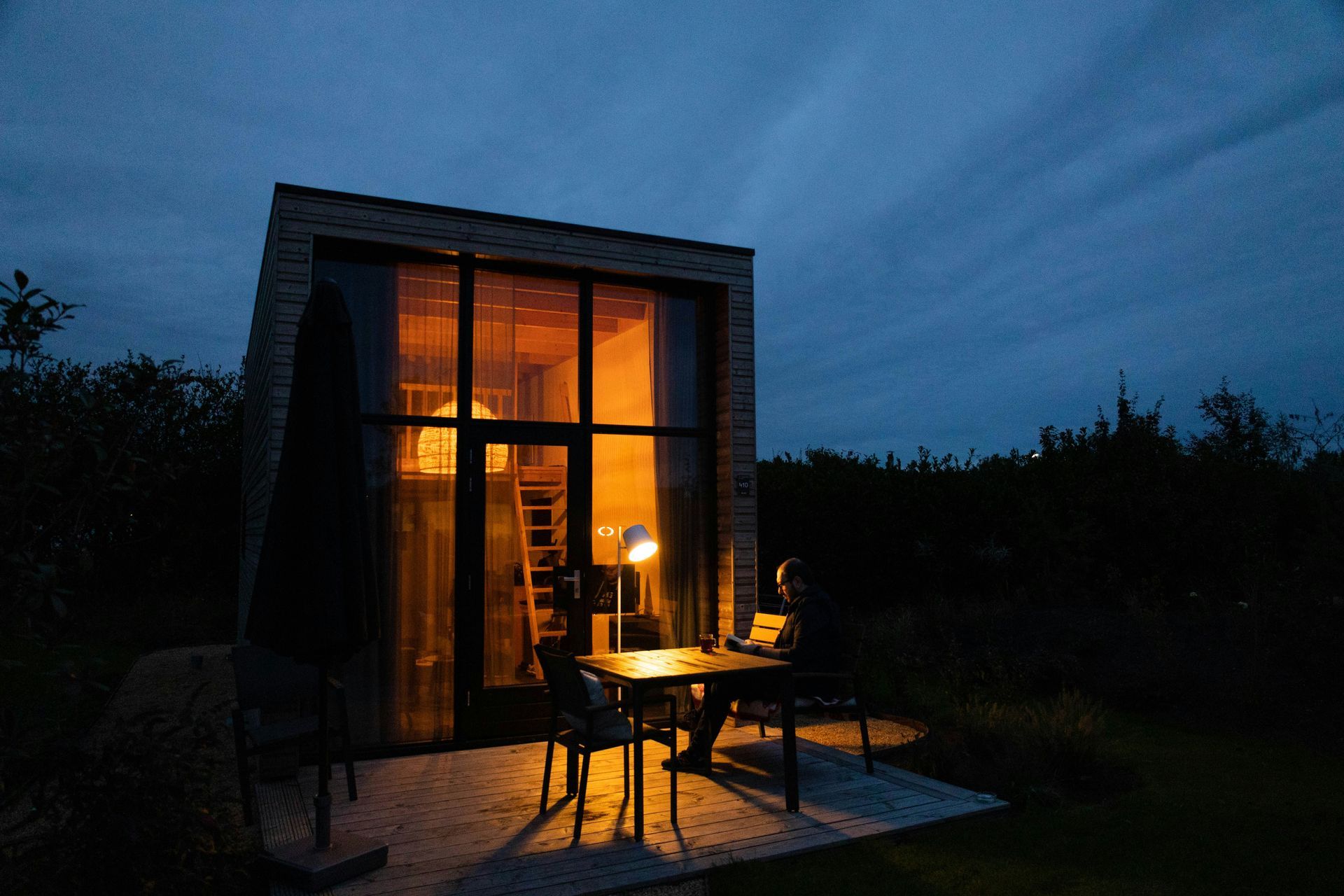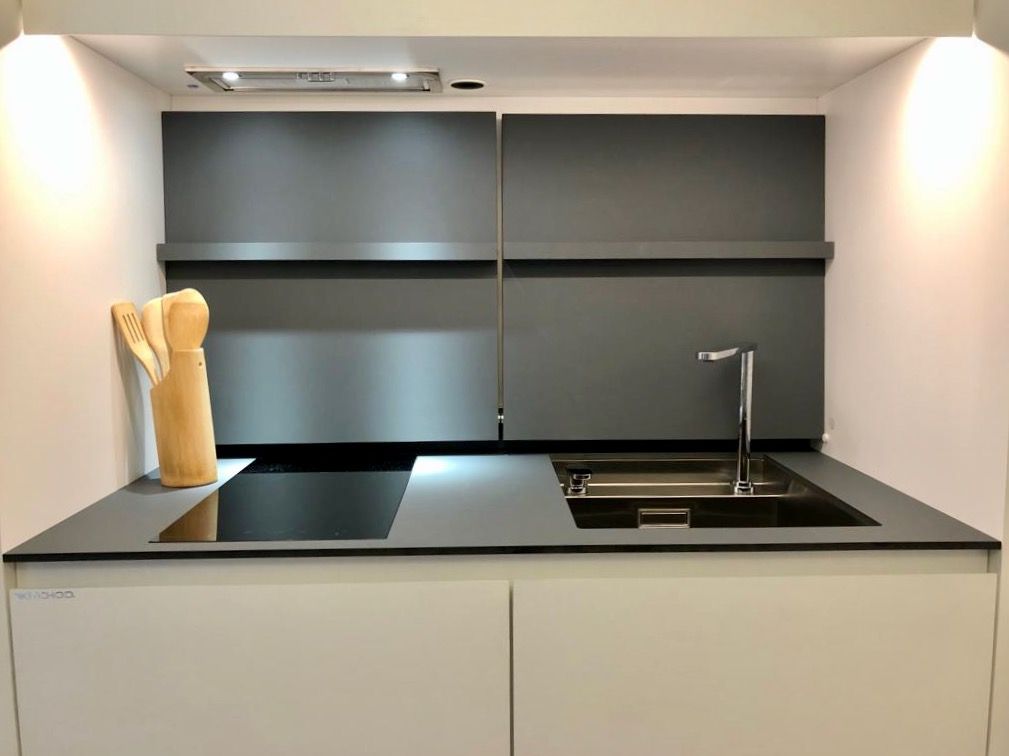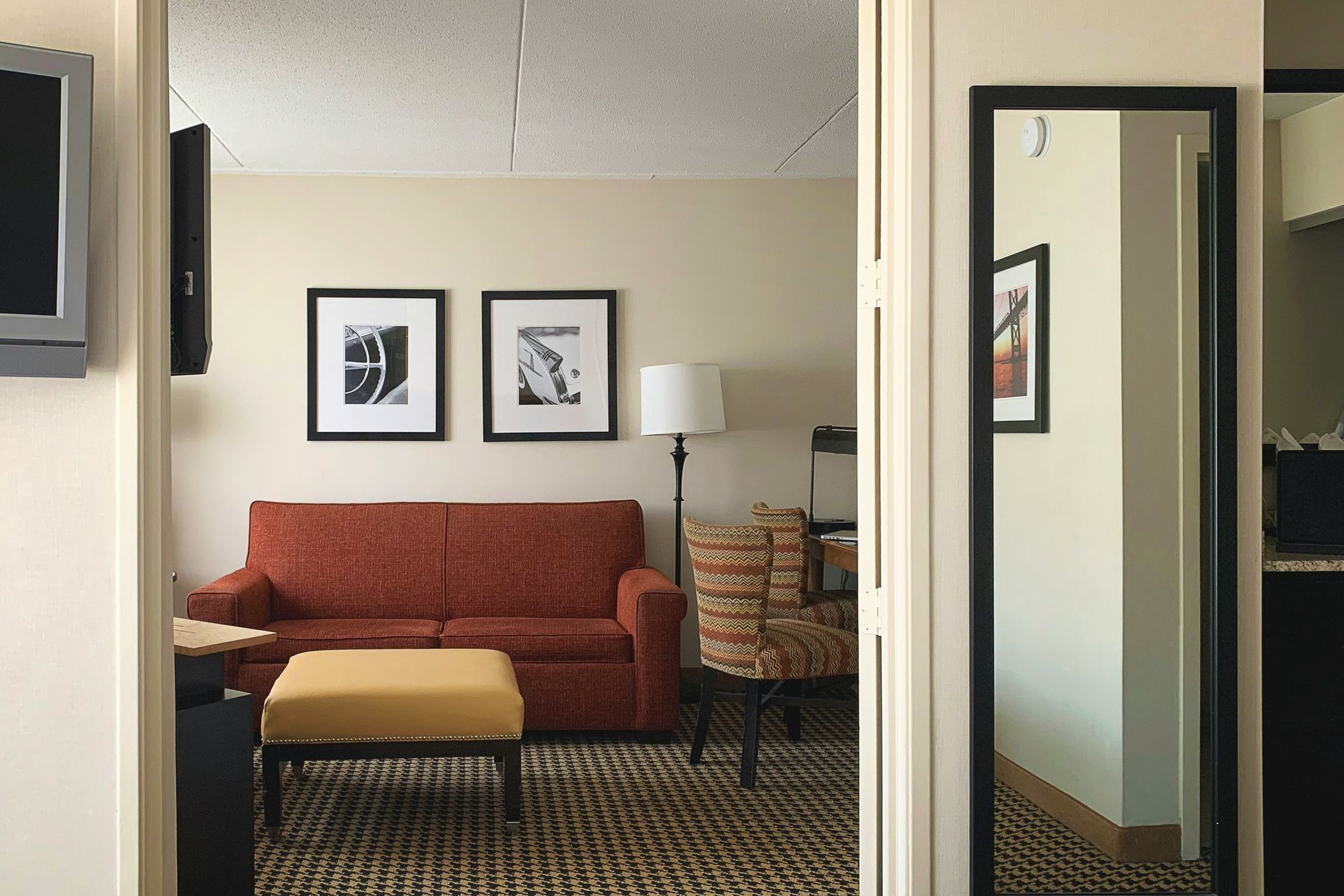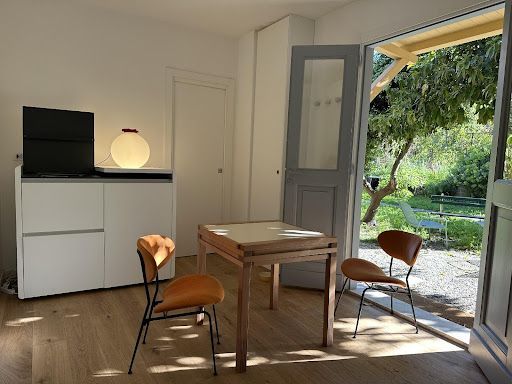Smart living : rediscover simplicity
In most urban but also now non-urban environments, living spaces are becoming increasingly smaller. Despite this, traditional kitchens often seem oversized in relation to the available space. It is estimated that 20 to 30% of kitchens installed in these environments are too large or poorly adapted to the reality of the living space.
Unused Space
Some studies in interior design and architecture show that a large part of kitchen space is not actually used. Up to 40% of storage areas and countertops remain unused on a daily basis. This suggests that many kitchens could be more compact without losing functionality. In apartments, every square meter counts and costs.
https://www.homesandgardens.com/kitchens/how-to-eliminate-empty-space-in-your-kitchen
Over-equipment
In Western countries, it is common to have too much kitchen furniture and too many appliances (large and small). A reasonable estimate would be that 30 to 50% of kitchens are over-equipped and therefore unnecessarily large.
Too Much Storage
Too much importance is also placed on storage, with large and multiple cabinets. This contributes to giving the kitchen a spacious feel. However, all these cabinets take up a lot of space and are often unused.
Heritage and Habits
For decades, kitchen design has followed the principle of "bigger is better," even though data shows that most cooking tasks occur in a limited area. Moreover, lifestyles and eating habits have changed over the years.
Often a Marketing Choice
Large kitchens are often perceived as a symbol of luxury or modernity, even if they are not truly utilized. This might be also the case in certain serviced apartments. Additionally, despite their appearance, some of these kitchens appear rather ordinary. Choosing an overly large kitchen can prove to be a poor long-term decision: inefficient, cumbersome, and sometimes costly in terms of cleaning and maintenance.






